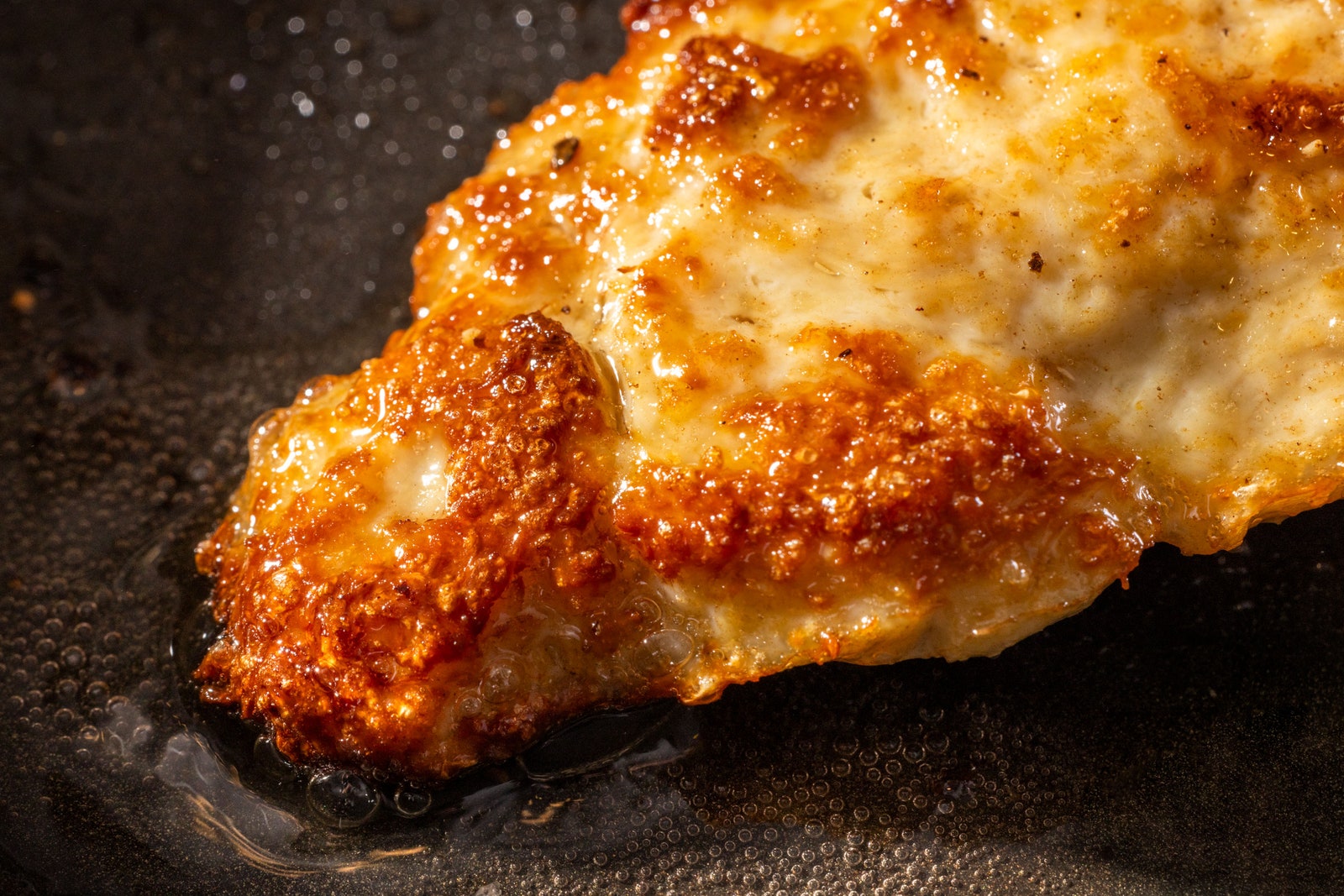In an interview with AgFunderNews published in June, Upside chief operating officer Amy Chen confirmed that its whole-cut chicken product was still being made in 2-liter roller bottles. Upside’s website—which includes a page dedicated to explaining the production of its chicken—makes no mention of roller bottles.
“We are already producing whole cuts, whole tissue products. Rather than producing cells in a suspension or in a slurry, we are producing whole tissues directly out of the cultivator,” former senior vice president of operations Steve Myrick told Meat+Poultry magazine in April 2021. When Upside opened its pilot factory in Emeryville in November 2021, CEO Uma Valeti also touted its ability to make all forms of meat. “Here, you can produce any kind of meat, poultry, or seafood that you can imagine. Including both ground and whole cuts of meat,” he said at the opening ceremony, in a video livestreamed from the facility.
But former and current employees say that these claims exaggerate Upside’s technical capabilities. Internally, employees would joke that the startup could be the next Theranos—the blood testing startup that imploded spectacularly, ending with its founder, Elizabeth Holmes, being convicted of fraud. “It was a running joke: ‘Are we the next Theranos?’” says one former employee. “I don’t think it necessarily means that they are the next Theranos,” the former employee adds. “No one is dying. People are being lied to, but no one is going to die. Ideally.” Another former employee confirmed that staffers at the company would make jokes comparing Upside to Theranos.
Now, Upside seems to be putting its whole-cut fillets on the back burner. On September 14, Upside announced plans to build a 187,000-square-foot facility in Glenview, Illinois, that will initially be devoted to creating nugget-like ground-chicken products—a process for which Upside has yet to receive a green light from regulators. Announcing the new facility, Upside said that, once complete, it would not produce the “whole-textured” chicken it’s been serving, though the company aims to do so “in the future.”
The public tasting at Bar Crenn was supposed to signal that the era of lab-grown meat had finally arrived. Instead, sources claim, Upside has struggled with technical setbacks, while projecting an image of having solved the key scientific challenge of scaling up the production of whole cuts of meat. The revelations raise questions about exactly how much cultured meat companies, after nearly $3 billion in investment over the past seven years, have accomplished—and whether certain types of cultivated meat products can ever be commercially viable.
Meaty Claims
For a nascent industry, the cultured-meat startup scene is crowded. Every company has its own spin on the technology—a way to set itself apart from competitors. Some are opting to replicate high-end products like sushi-grade salmon. Others are going more exotic, with strange riffs on mammoth meat. California-based SciFi Foods is leaning into the weirdness of it all, experimenting with beef burgers that have as little as 5 percent animal cells mixed with plant-based ingredients.
Upside’s ability to produce whole cuts of meat is a point of distinction from its competitors—an apparent technological head start that has given Upside an edge when it comes to raising funds. The startup has raised more than $600 million in funding since 2016—attracting more than a fifth of all the capital raised by cultured meat companies up to the end of 2022, according to data from PitchBook and the Good Food Institute. Its list of investors includes SoftBank, Cargill, Richard Branson, and the Abu Dhabi Growth Fund.
Photograph: Christie Hemm Klok
There are, roughly speaking, two ways of turning animal cells into a cultivated meat product. The easiest and cheapest is to grow cells in suspension, which means mixing free-floating cells in a bioreactor with liquid feed and waiting until those cells have divided and matured. These suspension cells can then be harvested as a meat slurry and processed into ground-meat products like hot dogs and chicken nuggets. Adding plant-based ingredients and processing the resulting mixture can help mimic the texture of whole-cut meats, but to really nail that mouthfeel, companies will probably need to go beyond suspension cells, says David Kaplan, head of the cellular agriculture lab at Tufts University in Boston.
The other option is to find a way to make cells knit together and form sheets of tissue as they grow. Stacking and pressing these sheets together can result in a texture that is closer to a chicken breast than a chicken nugget.



